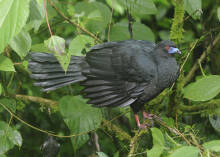
Chamaepetes unicolor
Chamaepetes unicolor,Black Guan
The pheasant's scientific name is Chamaepetes unicolor and its foreign n···
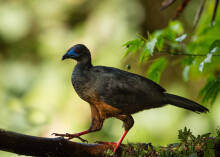
Sickle-winged Guan
Sickle-winged Guan,Chamaepetes goudotii
Chamaepetes goudotii and Sickle-winged Guan are unknown.Listed on the Intern···
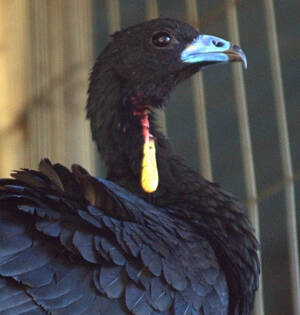
Aburria aburri
Aburria aburri,Wattled Guan
Its scientific name is Aburria aburri, its foreign name is Wattled Guan, and···
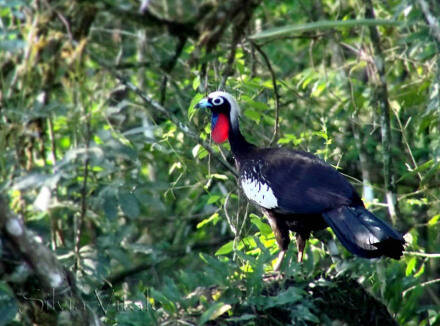
Aburria pipile
Aburria pipile
Aburria pipile, also known as the common pheasant, is a type of crested phea···
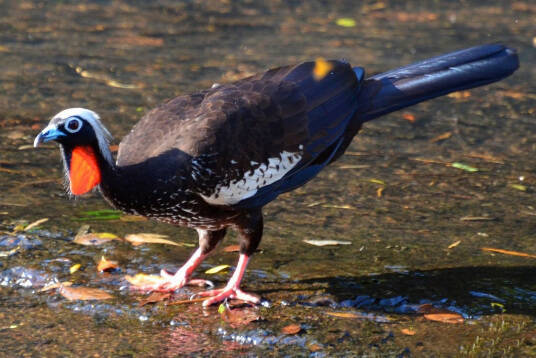
Aburria jacutinga
Aburria jacutinga
The black-fronted crested pheasant is known as Pipile jacutinga or Aburria j···
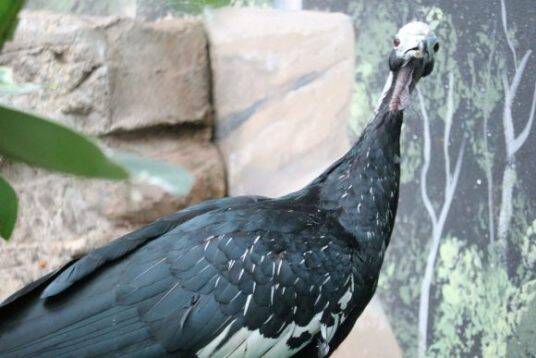
Pipile cumanensis
Pipile cumanensis,Blue-throated Piping Guan
The Blue-throated Piping Guan is known as Pipile cumanensis and blue-throate···
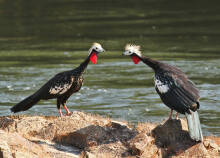
Pipile cujubi
Pipile cujubi,Red-throated Piping Guan
The pheasant is known as Pipile cujubi and Red-throated Piping Guan.Red List···
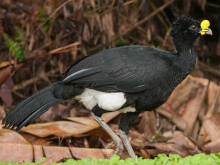
Great Curassow
Great Curassow,Crax rubra
The Great Curassow (Crax rubra) has two subspecies. The Great Crested pheasa···
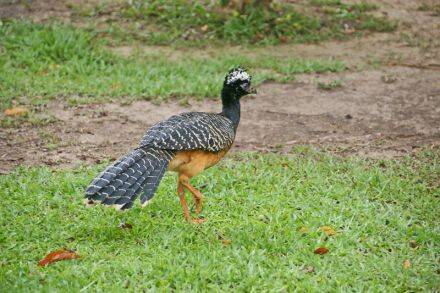
Crax pinima
Crax pinima,Belem Curassow
Crax pinima, also known as Belem Curassow, was once a subspecies of bare-fac···
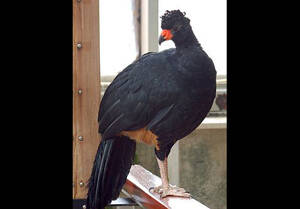
Crax globulosa
Crax globulosa,Wattled Curassow
It is known as Crax globulosa and Wattled Curassow. Specific habits are unkn···
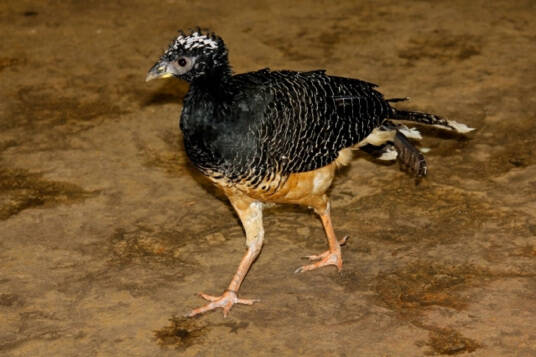
Crax fasciolata
Crax fasciolata,Bared-faced Curassow
Crax fasciolata and Bared-faced Curassow are unknown.Protect wild animals an···
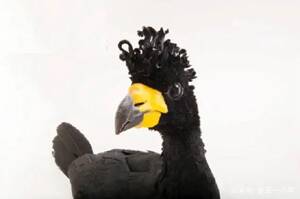
Crax daubentoni
Crax daubentoni
Crax daubentoni feeds primarily on the ground and flies up into trees when t···
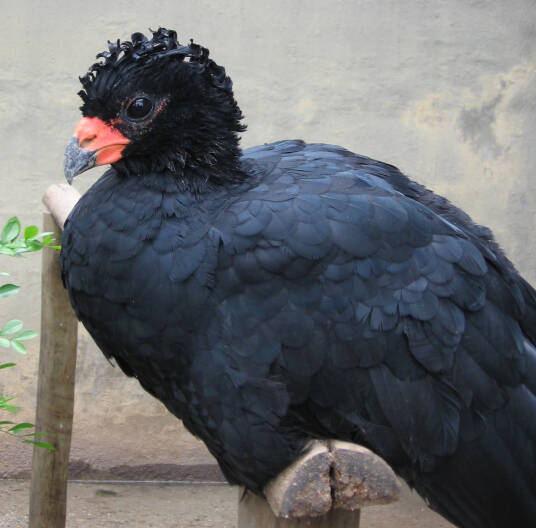
Crax blumenbachii
Crax blumenbachii
The red-billed official bird (Crax blumenbachii), also known as the red-bill···
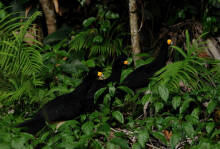
Crax alector
Crax alector,Black Curassow
The Black Curassow (Crax alector) spends much of its day on the ground in se···
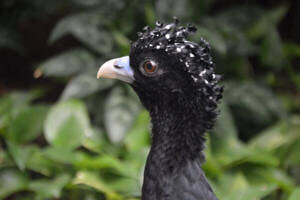
Craxalberti
Craxalberti
The blue-billed pheasant (Crax alberti) is a species of pheasant endemic to ···
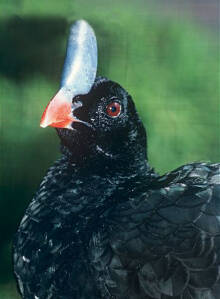
Pauxi unicornis
Pauxi unicornis,Horned Curassow
The Horned Curassow (Pauxi unicornis) was once divided into two subspecies, ···
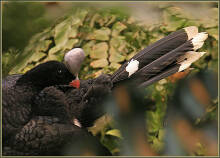
Pauxi pauxi
Pauxi pauxi,Helmeted Curassow
The common crested pheasant (Pauxi pauxi) is known by its foreign name Helme···
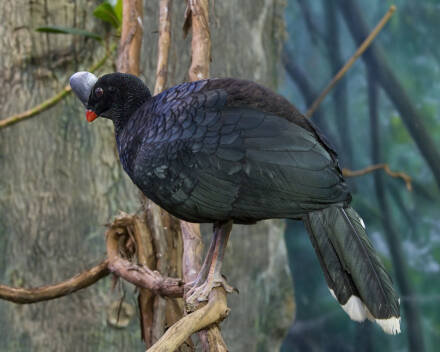
Pauxi koepckeae
Pauxi koepckeae,Sira Curassow
Sira Curassow (Pauxi koepckeae) was once a subspecies of the horned helmeted···
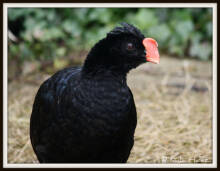
Mitu tuberosa
Mitu tuberosa,Razor-billed Curassow
Its scientific name is Mitu tuberosa and its foreign name is Razor-billed Cu···

Crestless Curassow
Crestless Curassow,Mitu tomentosa
It is known as Mitu tomentosa and Crestless Curassow, but its behavior is un···
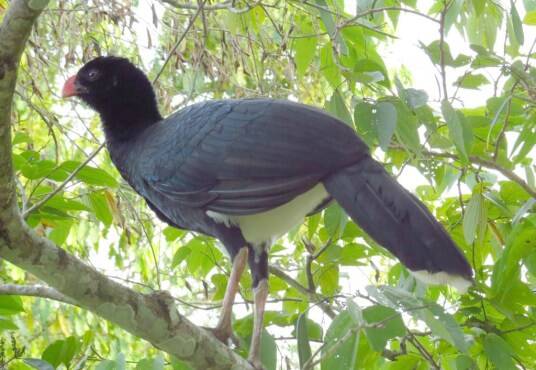
Mitu salvini
Mitu salvini,Salvin’s Curassow
The pheasant's scientific name is Mitu salvini and its foreign name is S···
